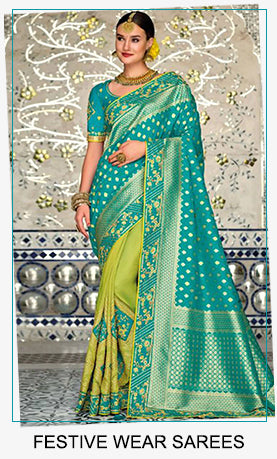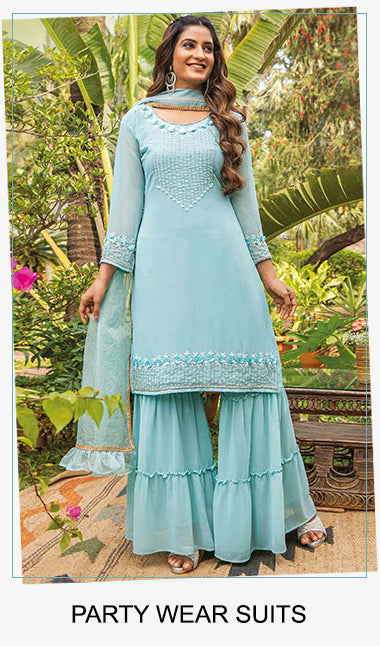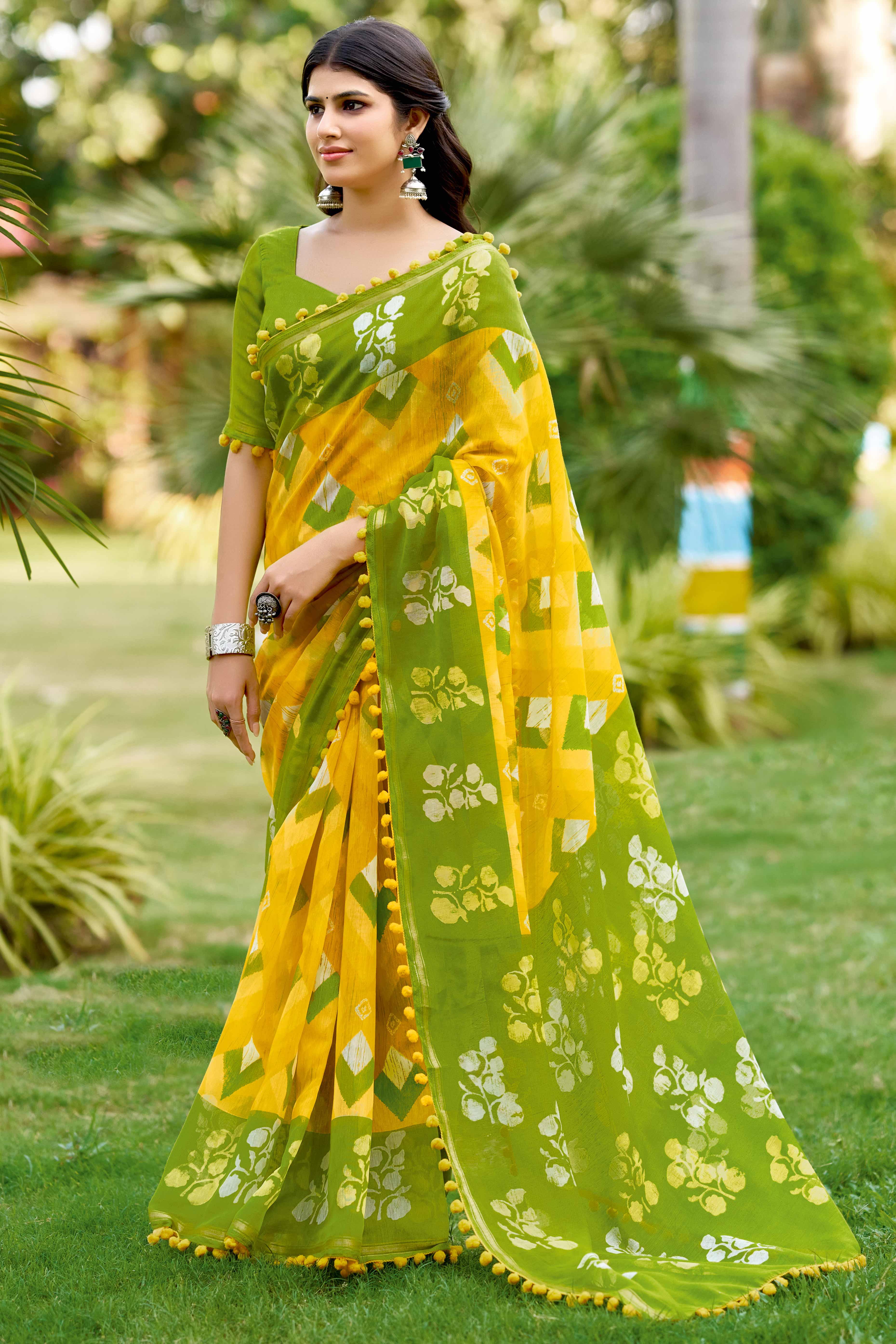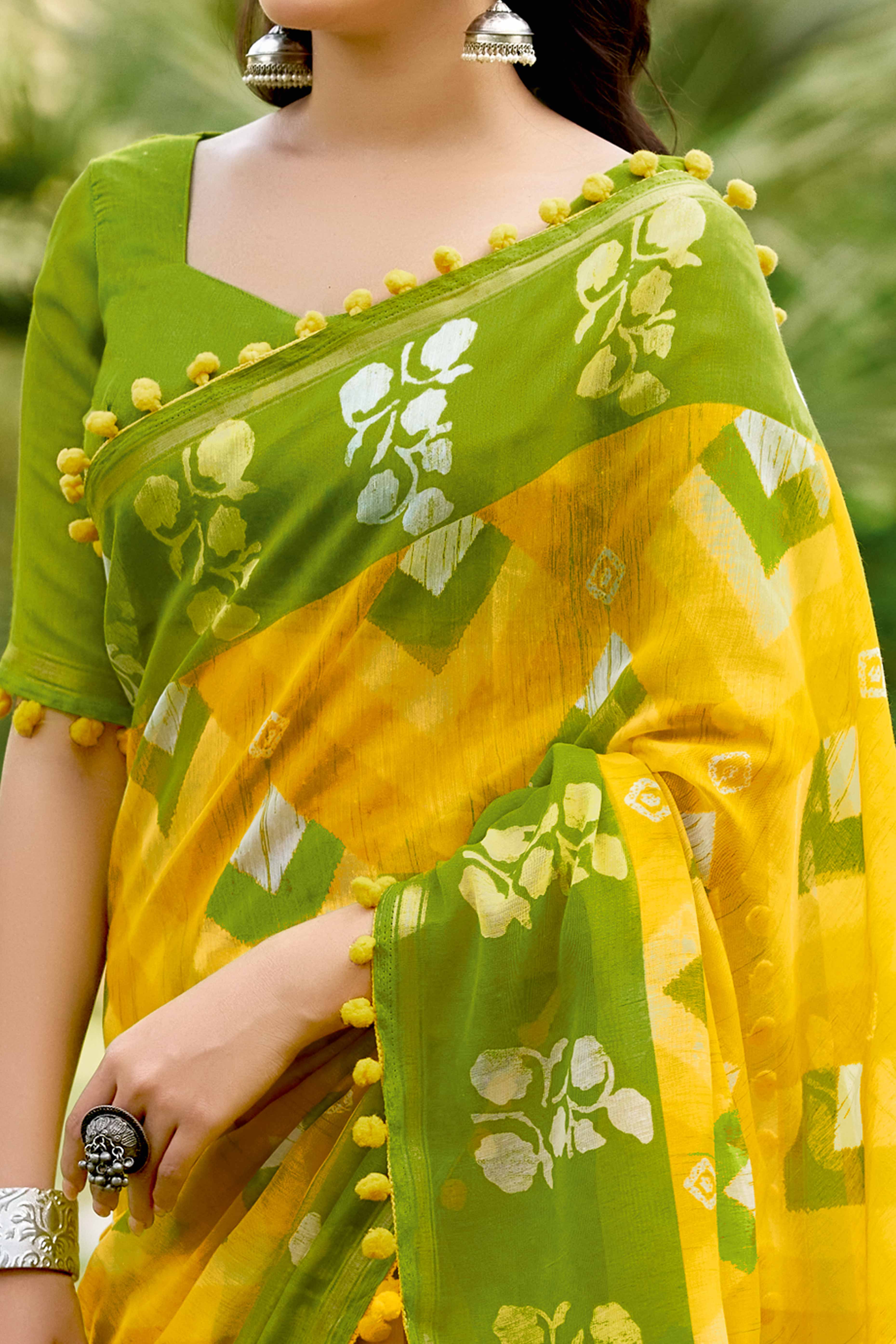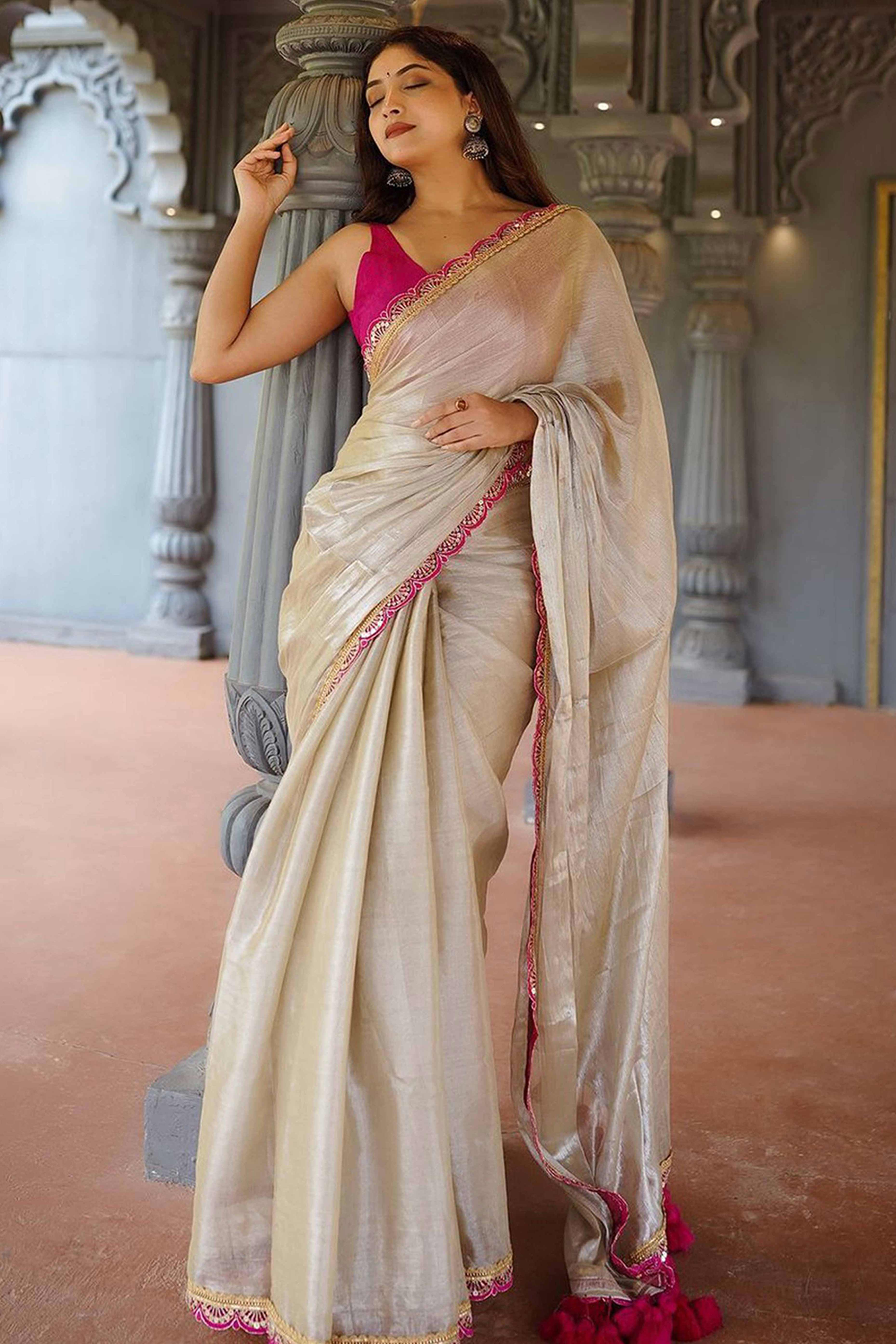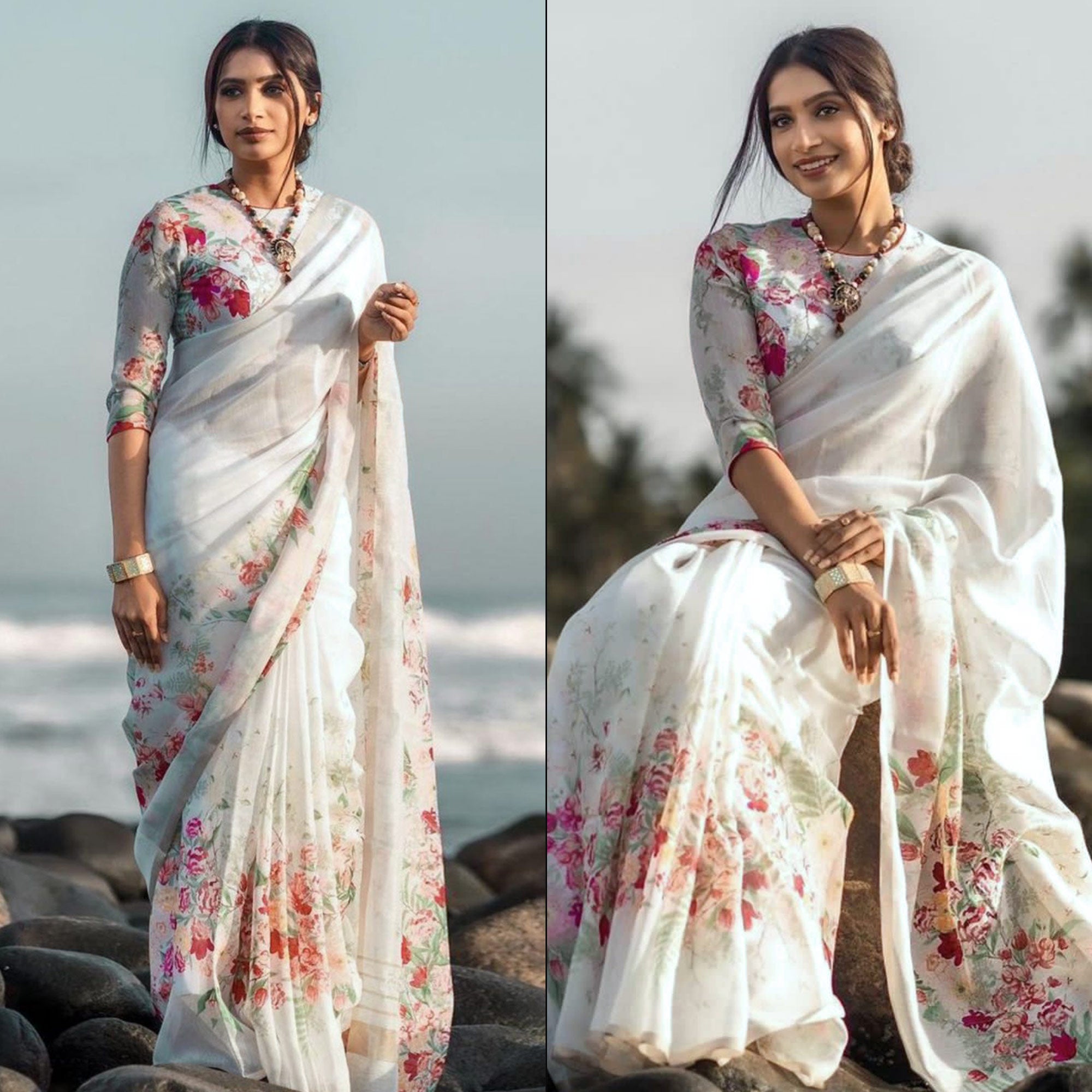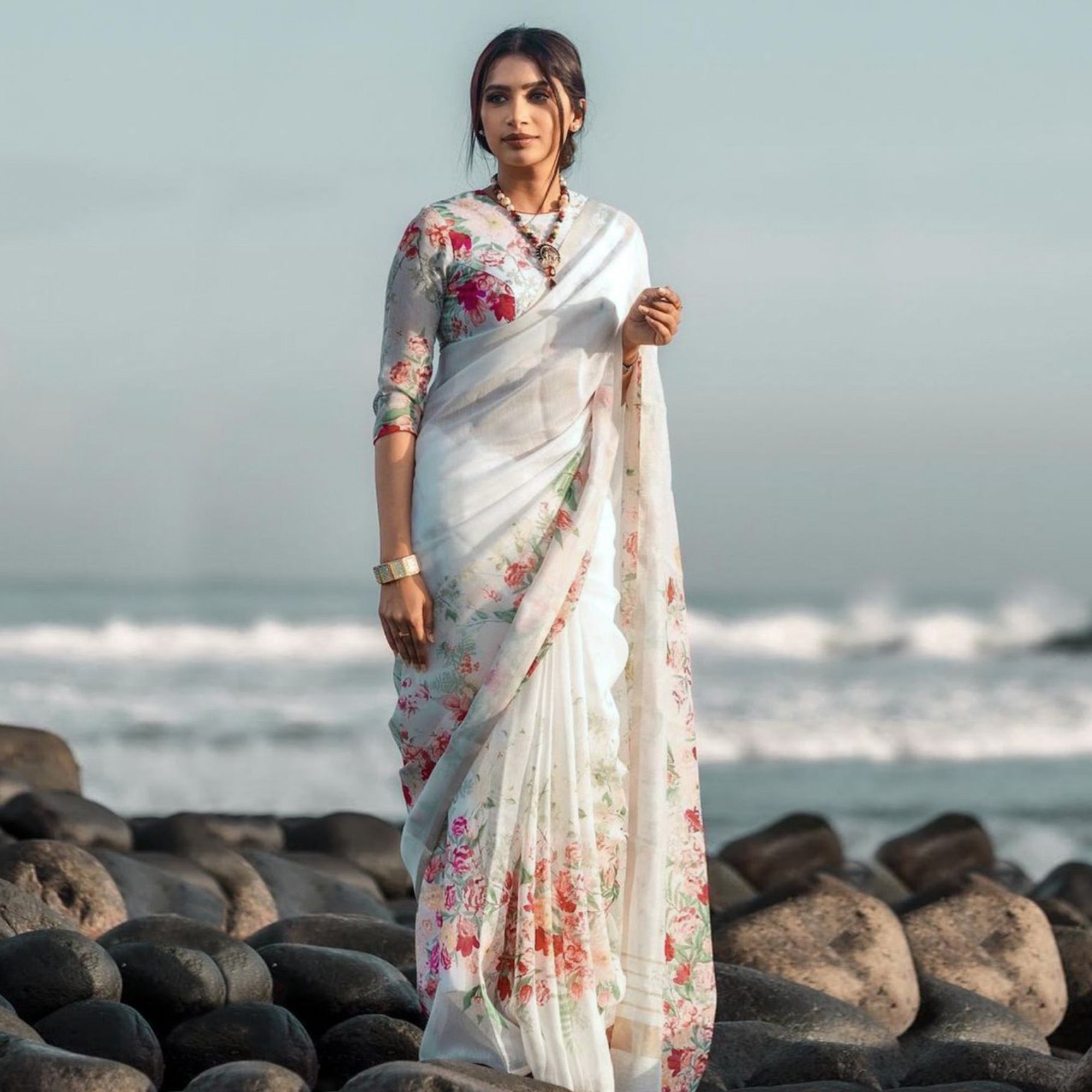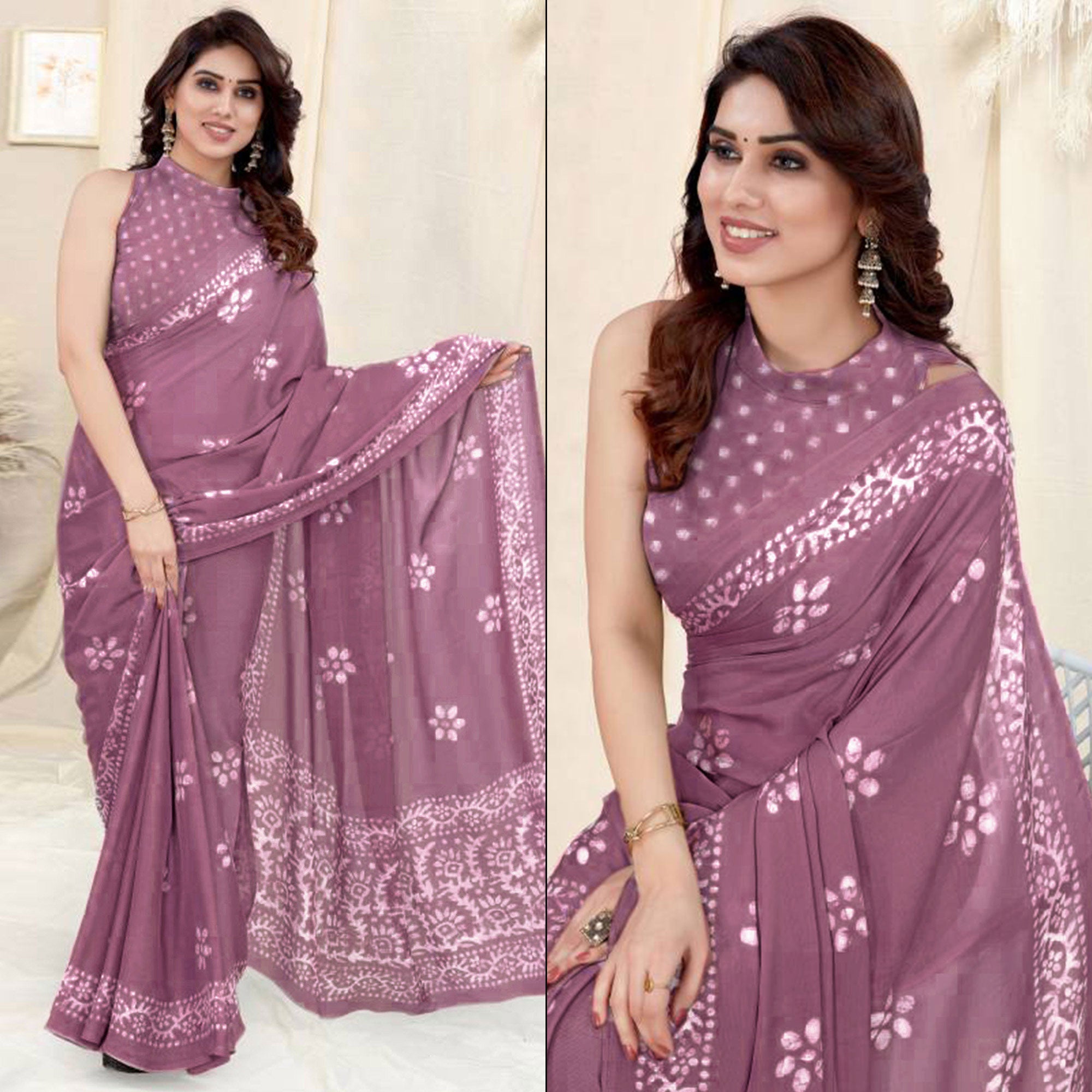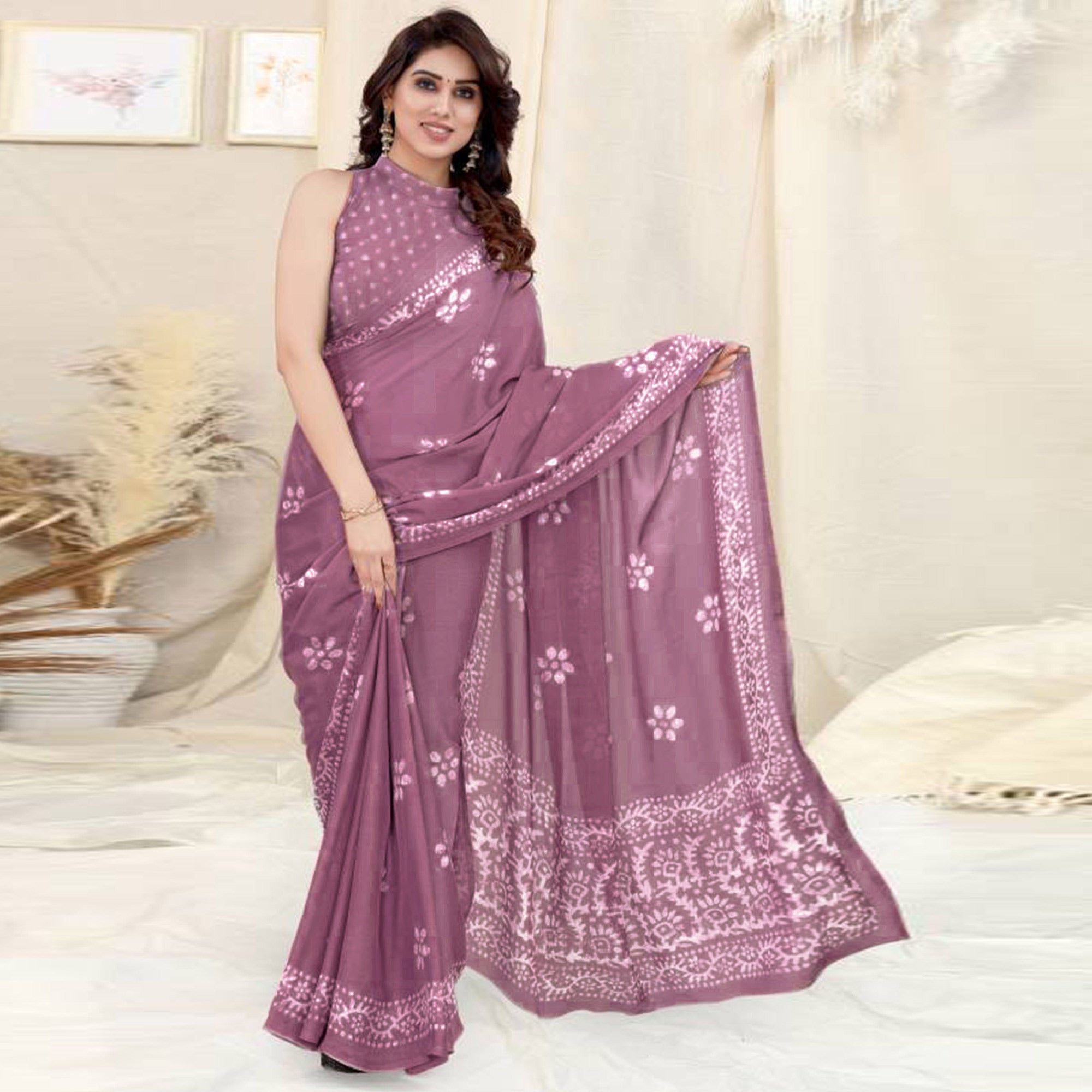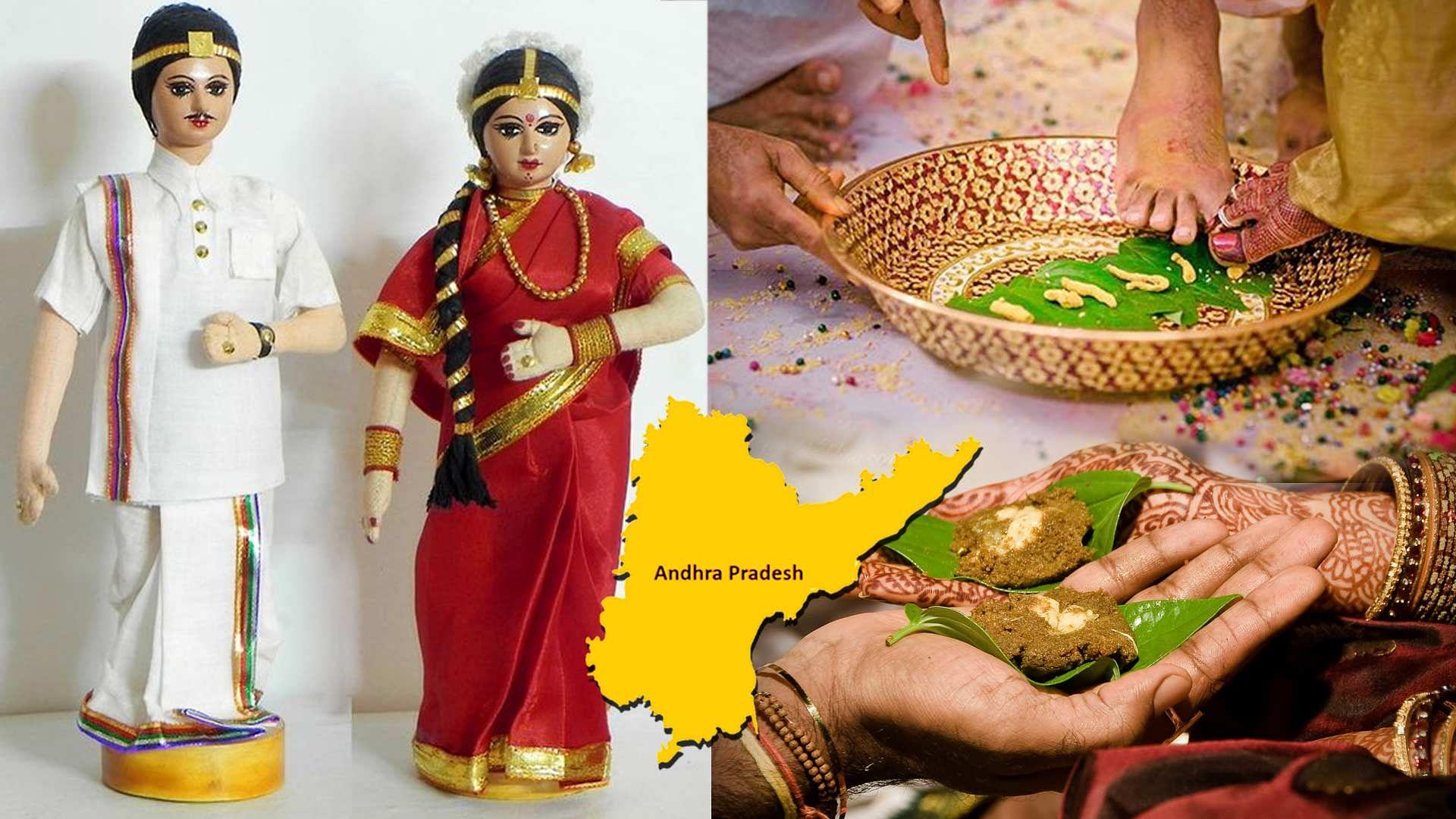Gujarati weddings are full of vibrancy and fun and frolic. They are all about the traditionally rich values of the state and the lively exuberance the culture of Gujarat boasts of.
Wedding Ceremonies
Pre-Wedding
Chandlo-Maatli
This ceremony is performed from the bride’s side once the rishta is official. The bride’s father with four uncles of the bride (maternal/paternal), go the thr groom’s house and apply a tilak on his forehead and bless him with a shagun.
Gor Dhana
This is the engagement ceremony in Gujarati customs. Gor dhana means coriander seeds and jaggery. Gifts and shagun is exchanged between the families and ring ceremony is performed. Five married women from each side then bless the couple.
Mandap Mahurat
This ritual is performed by both the families separately at their houses. A puja is performed to seek Lord’s blessings and to ward off any obstacles in the couple’s lives.
In another puja for Griha Shanti, the priest offers appeasement to the Gods and seeks their assistance to smooth out any obstacle in the conjugal life of the couple-to-be.

Mehendi
The mehendi ceremony in a typical Gujarati wedding is performed two days prior to the main wedding.
Pithi
This is the haldi ceremony of a Gujarati wedding. Performed separately at the bride’s and groom’s house, this function is usually performed a day before the wedding. Family members apply a paste of turmeric, rosewater, sandalwood on the bride/groom. This paste is called pithi and is usually prepared by the bride/groom’s kaki.
Jaan
In this ritual, the groom goes to the brie’s house to seek the blessings of her mom. This custom is believed to ward off any obstacles or evil.
Wedding Day Rituals
Varghodo
This is the entry of the groom at the venue on a horse. Traditionally, groom used to go the girl’s house. Nowadays, this ceremony is performed at the marriage venue.

Ponkvu
This is the welcoming tradition of the groom by the bride’s family. The bride’s mother performs aarti of the groom and applies tilak and playfully tries to pull his nose.
Jaimala
This is the exchange of garlands between the bride and the groom.
Madhuparka
In this ritual, the groom is led to the wedding mandap by the bride’s mother and his feet are washed with milk and water. As he sits in the mandap, the sisters of the bride try to sneak and steal his shoes for joota chhipaai.
Antarpat
In this ritual, the bride is led to the mandap by her Mama (maternal uncle) and then as she sits, an opaque cloth is placed between the brie and the groom, preventing them from seeing each other.
Kanyaadaan
In this ceremony, the parents of the bride place the hand of their daughter onto the groom’s, trusting her with her well-being and happiness thereon.
Hasta Milap and Mangal Pheras
The priest ties the shawl on the groom to the end of the bride’s saree or lehenga. After this, they rise for the mangal pheras, four circles around the sacred fire. Each phera signifies a goal of life- Dharma, arth, Karm and Moksh.

Saptabdi
The bride is made to tap seven betel nuts placed sequentially in a row with her right toe. The bride and the groom then make the seven scared vows.
Sindoor Daan
The groom puts the sindoor on the bride and ties a mangalsutra around her neck.
The bride and the groom then feed each other something sweet, ending the ceremony.
Post Wedding
Saubhagyavati Bhava
Seven married women come and bless the couple and chant ‘Akhand Saubhagyati Bhava’.
Ghar Ni Laxmi
This is the welcome ceremony of the bride at the groom’s house. The groom’s mother performs her aarti. The bride, considered as the bearer of luck and prosperity of the house then enters it after knocking over a vessel of rice.

Aeki Beki
This is a fun game played by the bride and the groom. A vessel is kept in front of them filled with milk and grass and some coins are hidden inside. Whoever picks up the maximum number of coins gets to dominate in the marriage.

